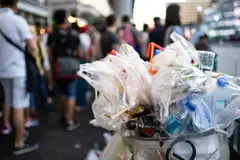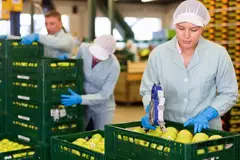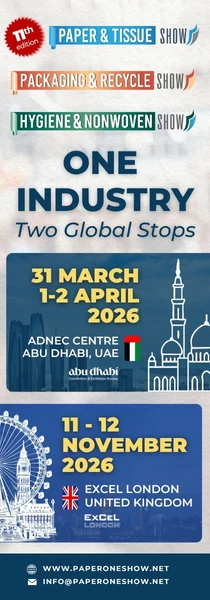Coveris and Tipa discuss compostable labels targeting food waste contamination
Key takeaways
- Coveris and Tipa introduce certified home compostable produce labels to reduce contamination in food waste streams and support recycling.
- The labels align with UK Simpler Recycling and EU PPWR requirements.
- The labels match durability of plastic while limiting microplastic leakage, offering modest cost increases expected to fall with wider adoption.
Coveris and Tipa Compostable Packaging have entered a partnership to manufacture and market compostable produce labels in the UK. The collaboration responds to rising consumer demand for environmentally sustainable solutions and tightening regulations around the compostability of produce stickers.
We speak with Will Mercer, BU paper R&D director at Coveris, and Gary Tee, vice president of Global Converting at Tipa Compostable Packaging, about what makes their new compostable produce labels an environmentally sustainable alternative to conventional labels while ensuring regulatory compliance.
“Produce labels are among the most common sources of contamination in composting, largely due to accidental disposal. By transitioning to certified home compostable labels, the industry can significantly reduce this issue while aligning with long-term goals to improve food waste recycling,” Mercer tells Packaging Insights.
Tee adds: “The labels are every bit as durable as conventional plastic labels, while offering advantages over paper-based options. These compostable labels deliver the same reliable functionality, adhering to a wide range of fresh produce items, using the combination of certified home compostable film and adhesive.”
He says that Tipa anticipates UK regulations to follow international developments, including those in the EU, New Zealand, and Australia, “which are already mandating compostable stickers.”
“We see this solution extending globally, with compostable labels eventually becoming a standard. Additionally, we expect that state-level policies in the US will increasingly require compostable Price Look-Up stickers, reinforcing this shift toward more sustainable labeling.”
According to Tee, in addition to use on fresh produce, these compostable labels can be applied to any compostable packaging, “serving as a means of closure or as a way to communicate additional product information.”
Reducing microplastics in composts
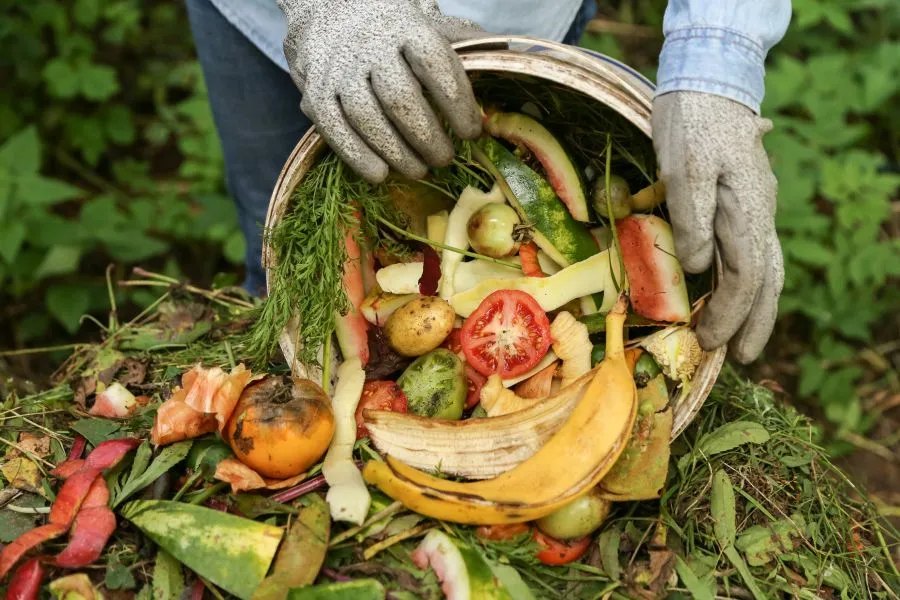 The labels by Coveris and Tipa break down in home compost, preventing plastic pollution in food waste streams.Mercer and Tee discuss how the new compostable stickers compare to traditional alternatives in terms of durability and function, as well as the important role they can play in limiting microplastic leakage into composts.
The labels by Coveris and Tipa break down in home compost, preventing plastic pollution in food waste streams.Mercer and Tee discuss how the new compostable stickers compare to traditional alternatives in terms of durability and function, as well as the important role they can play in limiting microplastic leakage into composts.
Mercer says that home compostable labels perform to the same technical standards as conventional fruit labels, “with adjustable adhesion levels available for different product requirements and stable material integrity across chilled and ambient supply chains.”
“The adhesive and label face are independently certified for home composting, meeting the functional demands of automated labelling and manual application environments.”
If consumers throw these labels in the residual bin, the composting benefit of the label is limited, but the environmental impact is not increased when compared to standard plastic, according to Mercer.
“The main benefit is the reduced contamination in organic waste streams where we know labels are one of the biggest contaminants from consumer disposal.”
Tee further explains that the quality of compost is currently affected by contamination from conventional plastic labels. “The adoption of compostable labels will help drive an improved quality of composts moving forward. This solution also addresses the growing concern of microplastics contamination associated with conventional plastic labels in the compost stream.”
Regulatory alignment
Tee says the labels do come at a higher cost than traditional options, but it is “a very modest increase” based upon the overall product cost.
Mercer adds: “Compostable labels offer a value-added performance versus that of conventional labels, reflective of the sourcing, innovation, and certification involved in developing compliant materials.”
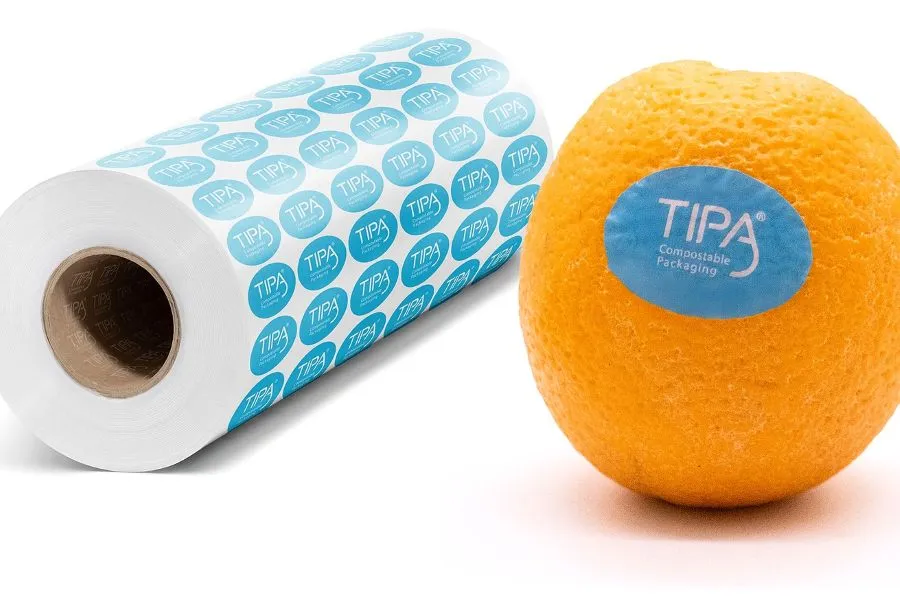 Compostable fruit labels will be mandatory under EU PPWR by 2026, with UK policy moving in the same direction. “Costs are influenced by factors such as size, volume, and application, and as adoption grows in response to regulatory and market demand, pricing is expected to be competitive.”
Compostable fruit labels will be mandatory under EU PPWR by 2026, with UK policy moving in the same direction. “Costs are influenced by factors such as size, volume, and application, and as adoption grows in response to regulatory and market demand, pricing is expected to be competitive.”
He points out that the use of compostable labels supports the aims of the Simpler Recycling policy in the UK and aligns with future policy, including the EU’s Packaging and Packaging Waste Regulation (PPWR), which requires compostable labels for fruit from 2026.
Tee says the direction of policy across Europe and other global markets makes regulatory alignment likely. “The PPWR sets a clear expectation on all fruit labels and WRAP’s work in the UK is laying the foundation for similar requirements through consistent labelling and material specifications.”
Educating consumers
Coveris’ focus is on supporting brands, retailers, and consumers to reduce unintentional contamination and clear communication through labelling and retail messaging, aligning with the Coveris’ No Waste strategy, according to Mercer.
“These compostable labels provide an added safety net for food waste streams where the label is often not removed from the product.”
Tee adds: “Tipa Compostable Packaging is committed to educating our customers on the correct disposal methods.”
“In the UK, WRAP has recently released guidance recommending that fruit and vegetable labels should be compostable and disposed of through the food waste stream. As more countries adopt compostable labels for fresh produce, the Tipa team will continue to support education and awareness to ensure proper end-of-life handling.”

